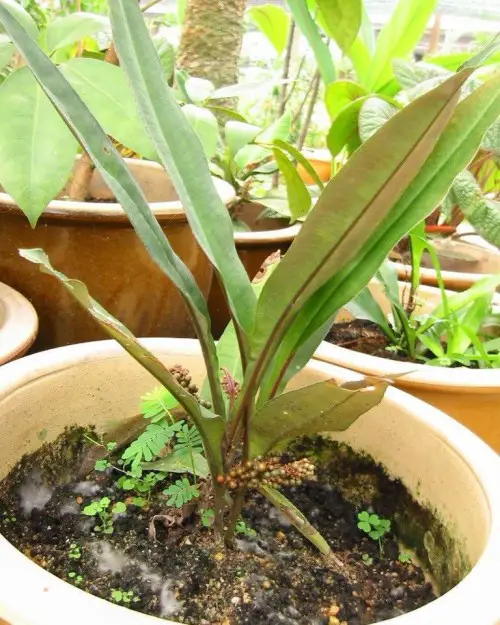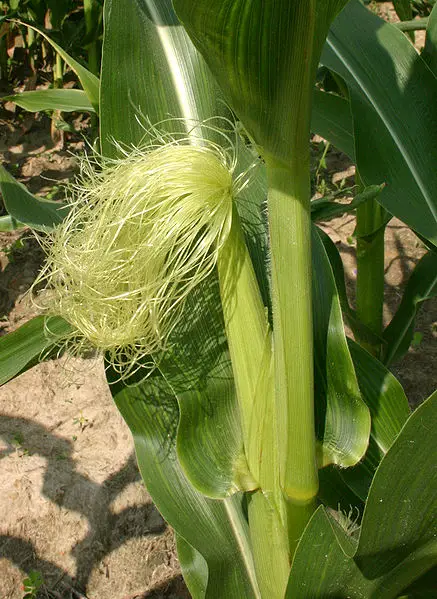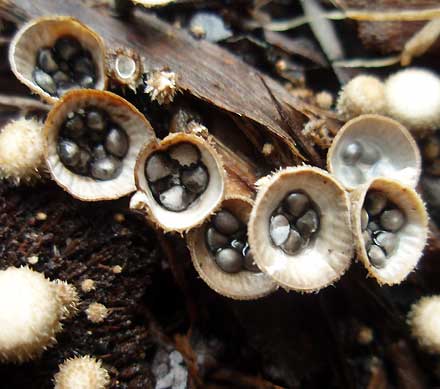Kacip Fatimah
Kacip Fatimah (Labisa Pumila) is a version of Tongkat Ali for females. Kacip Fatimah is a small plant has a woody and leafy stem that grows and can be found commonly in the shade of jungle floors of the Indochina region. In other words, Kacip Fatimah is a small herbaceous plant under shrub that roots from the stem. It has long primary roots and also few secondary roots which is tough and woody. The tip of the leaf is rather broad-rounded or pointed with a base that is tapered.
The leaf has slight odor and taste. While the leaf is as long as 35 centimeters and 8 centimeters wide with numerous veins, it is dark green in color on adaxial with lighter green on the abaxial. The flowers on the shrub are very small and generally white or pink in color, in spike like panicle of small clusters. These flowers are range between 6-30 centimeters long with stamens, petals and sepals. The petals are wrapped around and enclose the stamens. The fruits are about 0.5 centimeter in diameter and are either bright red or purple color.
They are traditionally used for many generations in childbirth including easing delivery, as a post-natal medication to help contract the birth channel, to help regain body strength such as to alleviate fatigue, to prevent from cramping and water retention, to alleviate menopausal symptoms, and to enhance sexual function and prolong energy during playtime. They are also believed to help establish a regular menstrual cycle when it appears to fail – not because of pregnancy, but because of reasons like stress and illness. It also aids to boost the immunity of women’s private parts while preventing irritation and infections.
Kacip Fatimah also used as anti-dysmenorrhoea by cleansing and avoiding painful or difficult menstruation. Most females consume these herbs to balance, build and harmonize their reproductive system as well to encourage healthy conception. It is also to tighten women’s private walls and skin, and also for firming and toning of abdominal muscles especially for women after giving birth.
The leaves are used as a part of a of tea by women in Asia. These herbs are traditionally boiled with water and the boiled water extraction is taken as a drink. Apart from this, the extract of these herbs are blend into powder substances and made into capsules and pills. Other traditional uses include treating gennoehoea, dysentery, and rheumatism. It is also used as antiflatulence by helping to eliminate excessive gas in the body and to help solve the problems related to constipation. Scientific studies have proof that the healing properties and natural activities of Kacip Fatimah are because the presence of phyto-estrogen which is naturally found in the plant.
Recent studies believe that Kacip Fatimah causes increase in free testosterone which was significantly higher and does not increase estrogen levels at all. As the plant contains phyto-estrogen, it should not to be taken by pregnant women and during periods of menstruation. This was because the consumption of Kacip Fatimah during the pregnancy can be harmful to the unborn baby and disturb the process of menstruation respectively.




